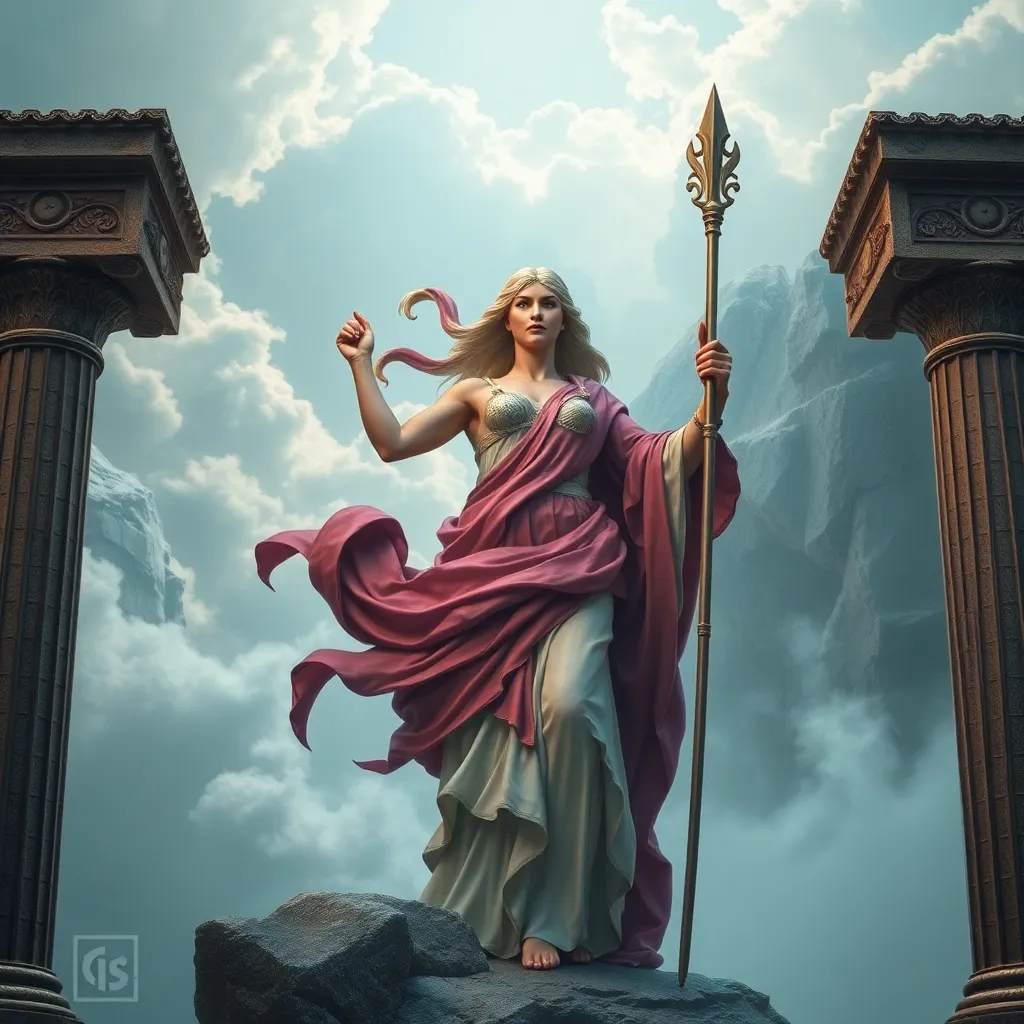The Role of Women in the Myths of Theseus
I. Introduction
Theseus, the legendary hero of Athens, is celebrated for his many adventures and feats, including slaying the Minotaur and uniting the region of Attica. However, the narratives surrounding Theseus also prominently feature a number of significant female characters whose stories are interwoven with his own. These women not only provide depth to the mythological tales but also reflect the complexities of gender roles in ancient Greek society.
This article aims to explore the role of women in the myths of Theseus, examining how their characters shape the narratives and the broader implications of their portrayal in relation to societal norms of the time.
II. The Context of Ancient Greek Society
In ancient Greece, gender roles were clearly defined, with men occupying the public sphere and women largely relegated to the domestic realm. While men were expected to be warriors and leaders, women were often viewed as symbols of virtue and domesticity.
This societal framework influenced myth-making, as the stories created reflected and reinforced these gender norms. Women in mythology frequently served as either prizes for male heroes or as figures representing moral lessons.
- Women as symbols of virtue
- Men as warriors and leaders
- Reinforcement of societal norms through myth
As we examine Theseus’ myths, it becomes evident that the female characters not only fulfill traditional roles but also challenge and complicate these societal expectations.
III. The Figure of Ariadne
Ariadne, the daughter of King Minos of Crete, plays a crucial role in the Labyrinth myth. She falls in love with Theseus and aids him by providing a ball of thread, which he uses to navigate the Labyrinth after slaying the Minotaur.
This act of love and sacrifice highlights themes of agency and betrayal, as Ariadne ultimately faces abandonment when Theseus leaves her on the island of Naxos. Her story reflects the dual nature of female agency in Greek mythology—while she is a critical player in Theseus’ success, she is also a victim of his desires.
- Love and betrayal: Ariadne’s sacrifice
- Agency vs. abandonment in her narrative
- Ariadne’s legacy: From helper to abandoned
IV. Phaedra: Love and Tragedy
Phaedra, the daughter of King Minos and sister of Ariadne, presents another complex female character in the Theseus myths. Her relationship with Theseus is fraught with desire and manipulation, particularly as she falls in love with her stepson, Hippolytus.
This forbidden love leads to tragedy; Phaedra’s unreciprocated feelings result in deceit and ultimately her own demise. Phaedra’s narrative exemplifies the destructive potential of desire and the tragic consequences that can arise from manipulation and societal expectations surrounding women’s roles in love.
- Desire and manipulation in Phaedra’s story
- The tragic consequences of her love
- Phaedra as a reflection of societal pressures
V. The Amazons and Hippolyta
The Amazons, a tribe of warrior women, hold significant importance in the myths surrounding Theseus. Hippolyta, their queen, is portrayed as a formidable figure who embodies female strength and autonomy.
In their encounter, Theseus takes Hippolyta as his bride, an act that symbolizes both conquest and the blending of male and female realms. The Amazons represent a challenge to traditional gender roles, showcasing women as powerful warriors in their own right.
- The Amazons as symbols of female strength
- Hippolyta’s role in Theseus’ narrative
- Contrasting traditional gender roles with Amazonian autonomy
VI. The Role of Women in the Athenian Narrative
In the narratives of Theseus, women often serve as symbols that reflect the values and ideals of Athenian society. They are depicted in ways that reinforce the patriarchal structure, yet often possess their own complexities.
Furthermore, the contrast between mortal women and divine figures, such as Athena, highlights the different expectations and roles assigned to women based on their status. Mortal women are often subject to the whims of male heroes, while divine women can exert their influence and power.
- Women as symbols in Athenian narratives
- Athenian values impacting female representation
- Contrast between mortal women and divine figures
VII. Feminist Interpretations of Theseus’ Myths
Modern feminist interpretations of Theseus’ myths provide a fresh perspective on the portrayal of women in these stories. Scholars have begun to re-evaluate the agency of female characters, arguing that they are not merely passive figures but active participants in their own narratives.
This re-examination emphasizes the relevance of Theseus’ myths in contemporary discussions of gender, highlighting how these ancient stories can inform our understanding of women’s roles and agency in society today.
- Modern perspectives on women in Theseus’ myths
- Re-evaluating female characters’ agency
- The relevance of these myths in contemporary gender discussions
VIII. Conclusion
In summary, the myths of Theseus offer a rich tapestry of female characters who navigate love, betrayal, strength, and tragedy. Through figures like Ariadne, Phaedra, and Hippolyta, we see the complexities of women’s roles in ancient Greek mythology and society.
The enduring influence of Theseus’ myths on perceptions of women remains significant, calling for further exploration of gender dynamics in mythology. By examining these narratives through a contemporary lens, we can gain deeper insights into the historical and cultural contexts that shaped these stories and their implications for understanding gender today.




